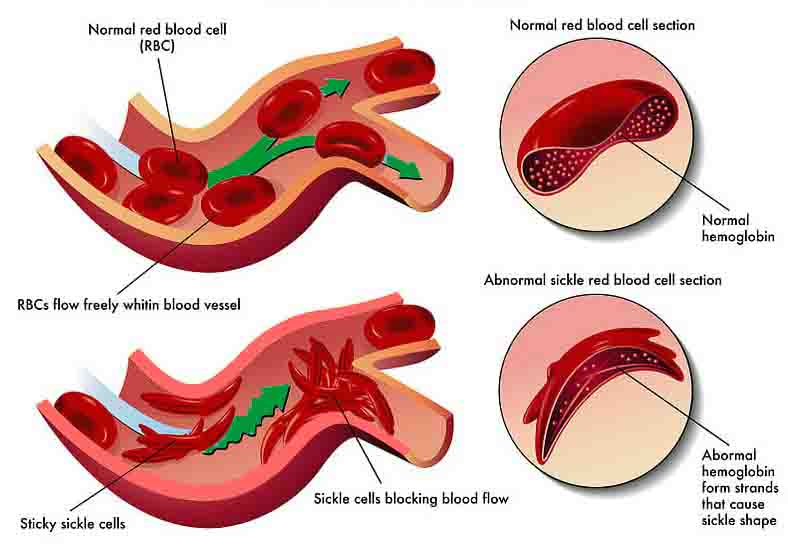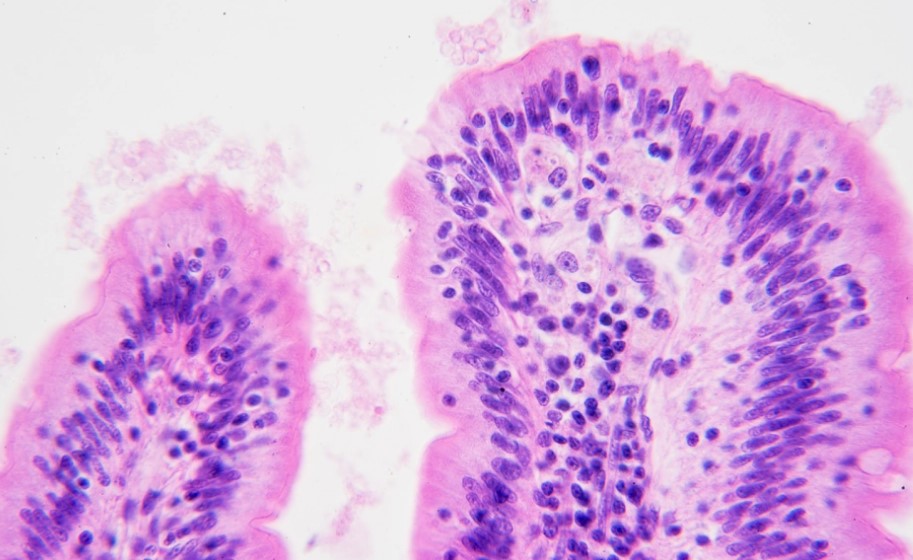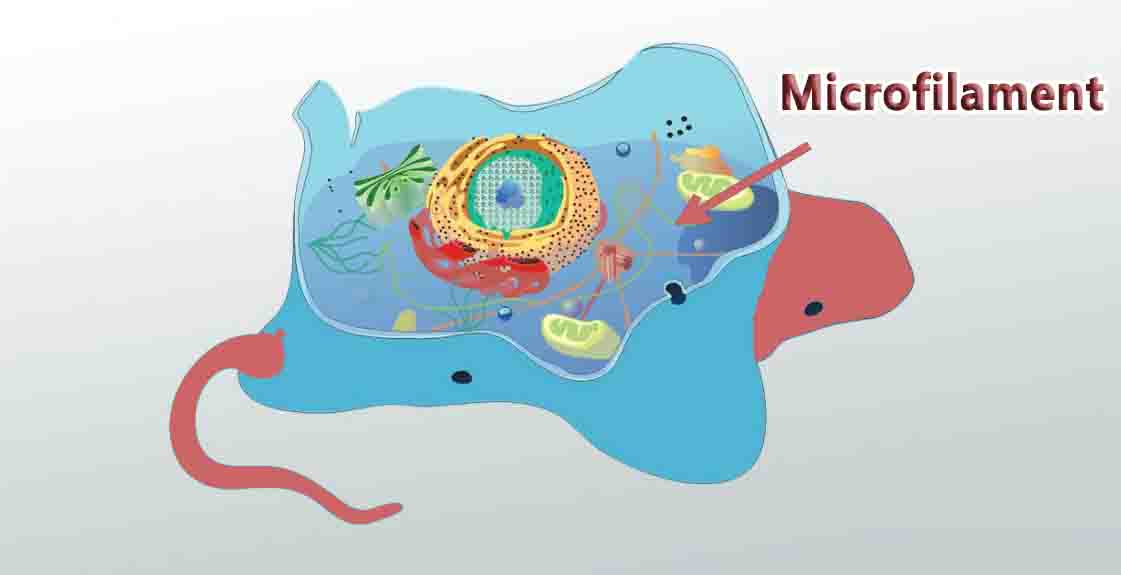Phylum
Phylum Definition Phylum is a taxonomic ranking that comes third in the hierarchy of classification, after domain and kingdom. Organisms in a phylum share a set a characteristics that distinguishes them from organisms in another phylum. The qualities that group animals into a phylum have changed throughout scientific history, as better methods have arisen to … Read more





